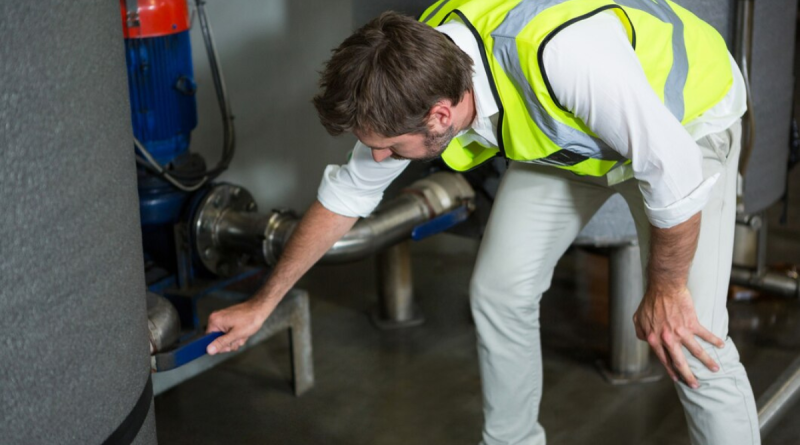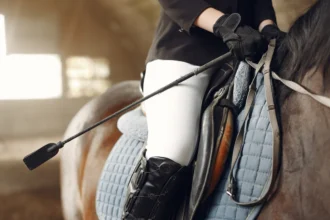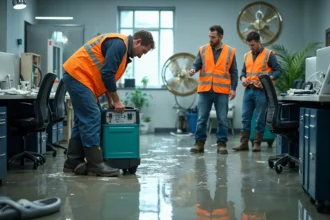Introduction to the cp hpr leak relief hole autococker
If you’re a paintball enthusiast, you’ve likely heard of the Autococker—a legendary marker known for its precision and performance. But there’s one component that often flies under the radar: the CP HPR leak relief hole. This small feature plays a crucial role in keeping your gear functioning smoothly. Understanding how it works can save you time, money, and frustration on the field. Dive into this guide to unravel the mysteries of the CP HPR leak relief hole autococker and learn why it deserves more attention than it usually gets!
What is the CP HPR Leak Relief Hole?
The CP HPR Leak Relief Hole is a crucial feature in the Autococker’s High Pressure Regulator (HPR). This small but significant hole serves an essential function in maintaining optimal performance.
It acts as a safety valve, designed to release excess pressure that may build up within the regulator. When everything is working smoothly, this mechanism remains unnoticed. However, when issues arise—such as leaks or blockages—it becomes invaluable for diagnosing problems.
Made specifically for Autocockers, the leak relief hole allows air to escape safely rather than forcing its way through other components. This helps prevent damage and ensures consistent operation during gameplay. Understanding its role can save players time and frustration while keeping their markers in top condition.
Why is the CP HPR Leak Relief Hole Important?
The CP HPR Leak Relief Hole plays a crucial role in managing air pressure within your autococker. By providing an escape route for excess air, it helps prevent over-pressurization that could lead to more serious issues.
When the HPR becomes clogged or damaged, pressure can build up dangerously. This not only affects performance but can also cause components to fail prematurely.
Additionally, the leak relief hole is essential for maintaining consistency during gameplay. A well-functioning hole allows for smoother operation and improved accuracy shot after shot.
Ignoring this small feature may lead to larger problems down the line. Regular checks on the leak relief hole ensure your gun operates efficiently and reliably throughout matches.
How to Identify and Fix a Leak in the HPR Leak Relief Hole
Identifying a leak in the CP HPR leak relief hole starts with careful observation. Listen for hissing sounds or feel for escaping air around the regulator. A quick visual inspection can reveal signs of damage or wear.
Once you’ve confirmed a leak, it’s time to troubleshoot. Begin by tightening any loose screws or fittings on your autococker. Sometimes a simple adjustment resolves the issue.
If tightening doesn’t work, consider disassembling the HPR unit. Check O-rings and seals for any visible cracks or deterioration; these are often culprits behind leaks.
Cleaning all components is crucial as dirt and debris can compromise performance. Apply some lubricant to ensure smooth operation when reassembling.
After repairs, test your setup again before heading to the field. This proactive approach not only fixes current issues but also helps prevent future problems from arising unexpectedly during gameplay.
Tips for Maintaining your Autococker and Preventing Leaks
Maintaining your Autococker is essential for optimal performance. Regularly inspect all seals and O-rings for wear. A damaged seal can lead to unwanted leaks.
Keep your HPR clean. Debris can affect the air flow, causing inefficiencies and potential leaks. Use a soft cloth to wipe down surfaces after each use.
Lubrication is key in preventing issues. Apply the right oil to moving parts but avoid over-lubricating; too much oil can attract dirt and grime.
Store your autococker properly when not in use. Keep it in a cool, dry place to minimize moisture exposure that could cause rust or damage over time.
Routine checks will help you catch problems early before they escalate into bigger issues down the line.
Common Misconceptions about the CP HPR Leak Relief Hole
Many people believe that the CP HPR leak relief hole is a minor feature, but its significance in performance cannot be overstated. Some think it’s just for show, assuming it serves no real purpose. This couldn’t be further from the truth.
Another misconception is that leaks only occur with older models. In reality, even new autocockers can experience issues if maintenance isn’t prioritized.
Some users also mistakenly think they need to replace their entire regulator upon noticing a leak near this hole. Often, simple adjustments or seal replacements suffice and can save time and money.
There’s confusion about whether all autocockers come equipped with this feature. Not every model includes the CP HPR leak relief hole, which makes knowing your equipment vital for optimal functioning on the field.
Conclusion: cp hpr leak relief hole autococker
Understanding the cp hpr leak relief hole autococker is essential for any paintball enthusiast who wants to ensure their equipment performs optimally. The CP HPR Leak Relief Hole serves a vital function in managing pressure and maintaining airflow, which can significantly impact your gameplay experience.
Regular maintenance goes a long way in preventing leaks. By keeping an eye on wear and tear, you can identify potential issues before they escalate into bigger problems. Knowing how to spot leaks and address them promptly will save you time and frustration.
It’s also important to bust some common myths surrounding the CP HPR Leak Relief Hole. Many players may overlook its significance or misunderstand its role within the Autococker system. Educating yourself about this component will enhance not only your understanding but also your overall performance on the field.
With proper care, knowledge, and attention to detail, you’ll find that maintaining your Autococker becomes second nature. Embrace these practices, stay informed about best practices regarding the cp hpr leak relief hole autococker, and enjoy more seamless games ahead!

















